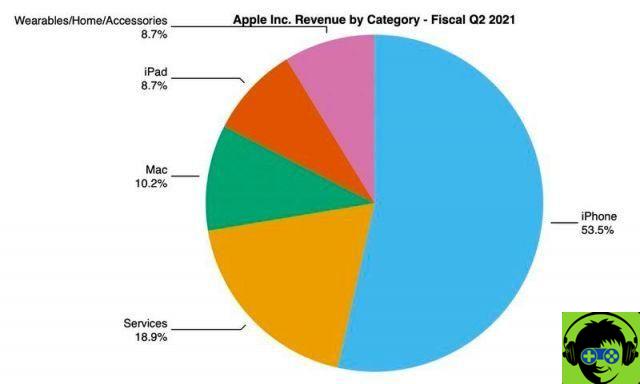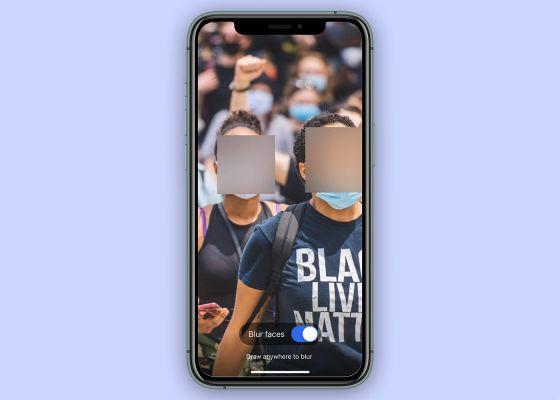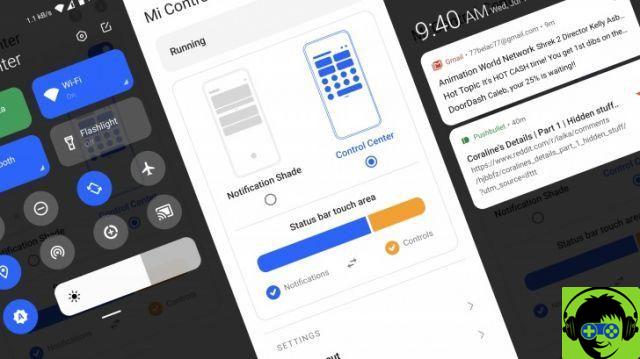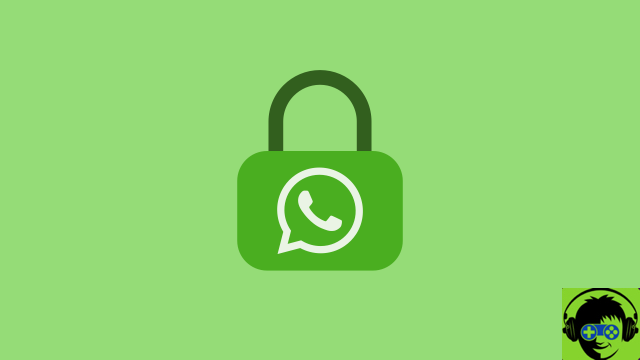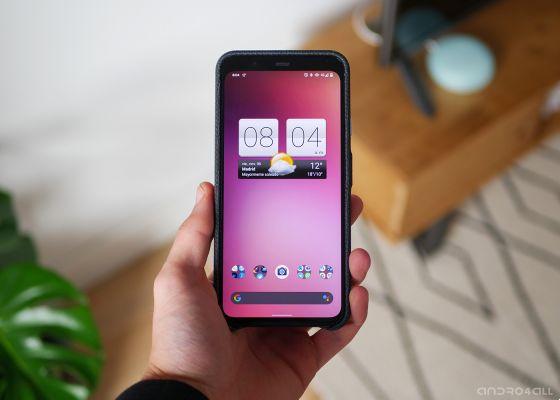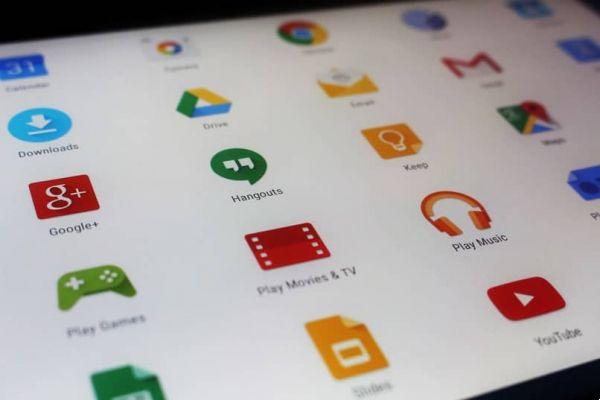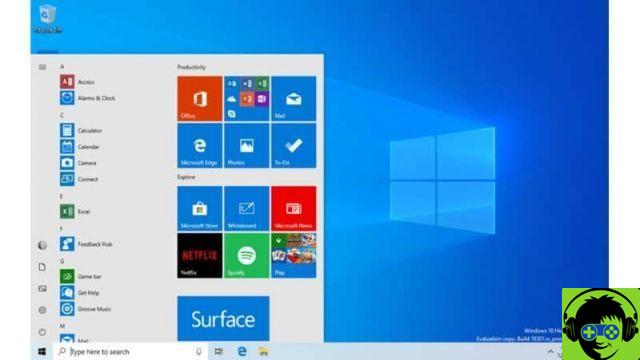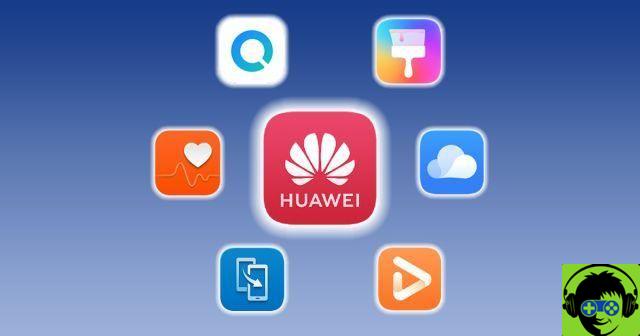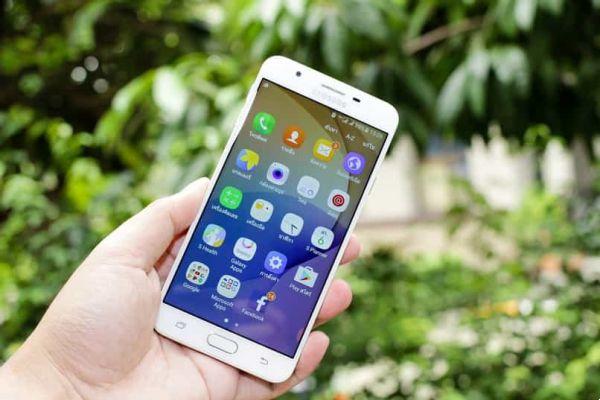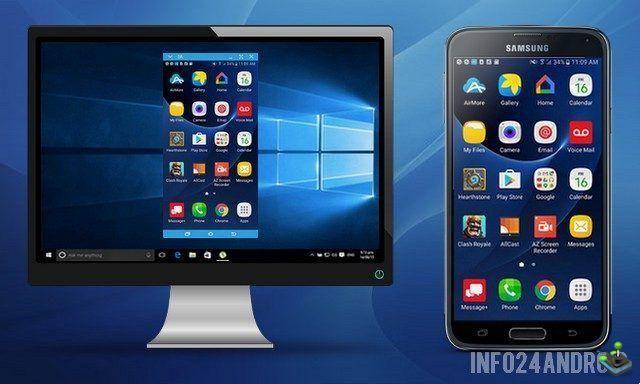The increase in magnets in the iPhone 12 (for the new MagSafe attachment system) is interfering with implantable defibrillators, according to a new study published last week in the journal Heart Rhythm.
According to this study, if an iPhone 12 is placed on an implantable cardioverter defibrillator, for example by inserting it into a shirt or jacket pocket, it freezes, then stops controlling heart rhythm.
What is an implantable cardioverter defibrillator?
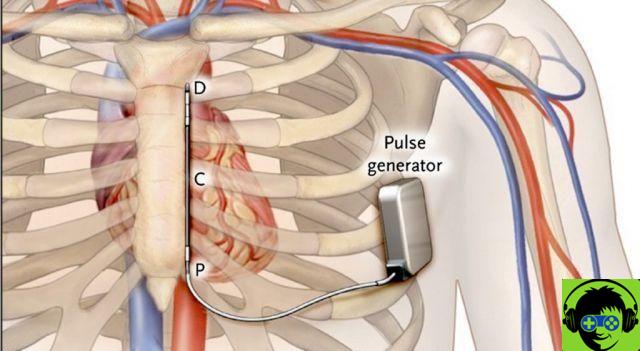
It is a device that detects any rapid and life-threatening heartbeat. This abnormal heartbeat is called an arrhythmia. If present, the implantable cardioverter defibrillator (ICD) rapidly delivers an electrical shock to the heart. This brings the pace back to normal. This is called defibrillation.
The ICD is placed under local anesthesia in the chest wall area (under the collarbone). The surgeon makes an incision (cut) through the skin and creates the space to accommodate the ICD generator. It is usually implanted near the left shoulder. (source)
What is the difference between a pacemaker and an implantable defibrillator?
Dr. Federico Segura, Cardiavant specialist in Cardiology, points out the differences between the two devices. "The pacemaker is a little smaller and simpler," he explains, noting that its function is "to stimulate the heart when it sees that there is a break in the rhythm." This means that the pacemaker identifies the rhythm of the heart and detects "what electrical activity that heart has and, if it sees that there is none, it gives a stimulus by simulating its own activity," says the cardiologist.
On the other hand, the defibrillator "is a larger device that has the function of a pacemaker and also has the ability to detect when the heart is going a little faster." This means that defibrillators are devices that perform the function of a pacemaker plus an add-on whose goal is to "detect rapid arrhythmias" that can lead to sudden death. For this, Dr. Segura points out that the function of the defibrillator is mainly to detect "when the heart is very accelerated, which can stop the heart due to the high frequency and, at that moment, [the defibrillator] is able to give a stimulus or a shock that puts an end to that tachycardia ".
The pacemaker is continuously monitored and the defibrillator is activated only when needed.
The defibrillator is used only if the patient encounters one of these cases:
- He suffers from congestive heart failure and his heart has dropped by 35%, as in this case an arrhythmia could be fatal.
- You survived a heart accident.
- You have a clear genetic predisposition to develop serious heart problems.
Therefore, unlike pacemakers, the implantable cardioverter defibrillator is very close to the skin, which makes it susceptible to magnetic interference from the iPhone 12.
Bottom line: be careful if you have an implanted defibrillator
Researchers at the Henry Ford Heart and Vascular Institute have discovered, with alarm, that the circle of magnets around the central copper coil can completely disable the operation of an implantable defibrillator (from Medtronic).
“When the iPhone was placed on the ICD, on the left side of the chest, the functions of the defibrillator were suspended. This happened in all cases, while the phone was positioned in different positions on the chest "
Therefore, it is necessary to be aware of the incompatibility of carrying the iPhone 12 on the chest (inside jacket pocket or shirt pocket) with those patients who have an implanted defibrillator.
It is also fair to note that Apple has already released documentation acknowledging that "magnets and electromagnetic fields can interfere with medical devices, such as pacemakers or defibrillators."
Image property of Njem.org




